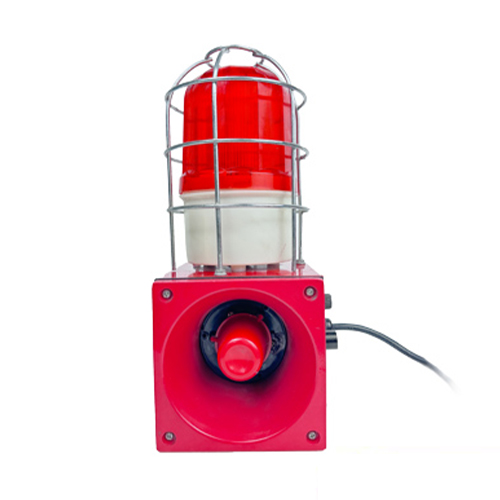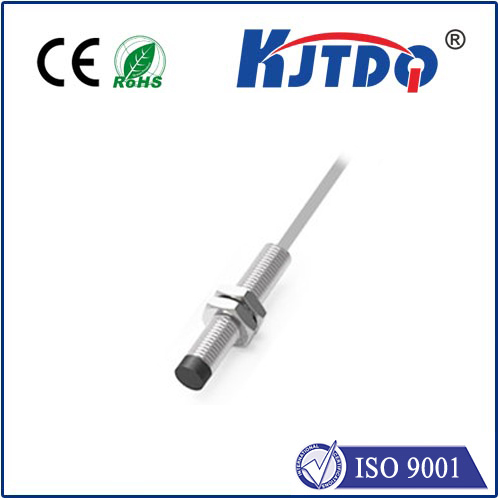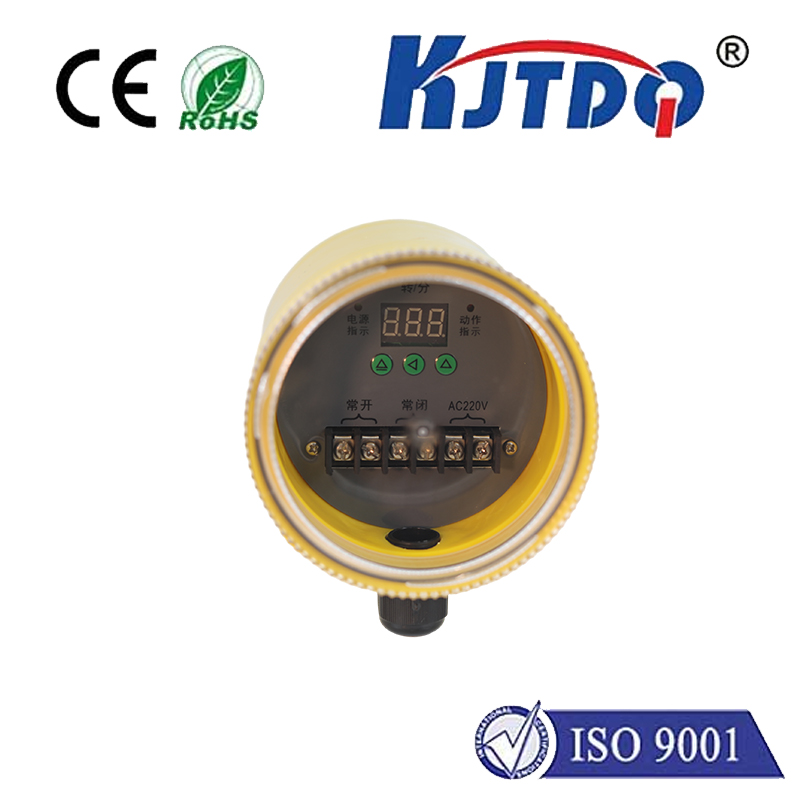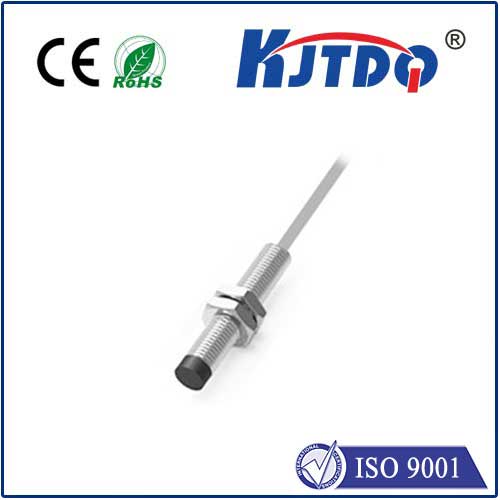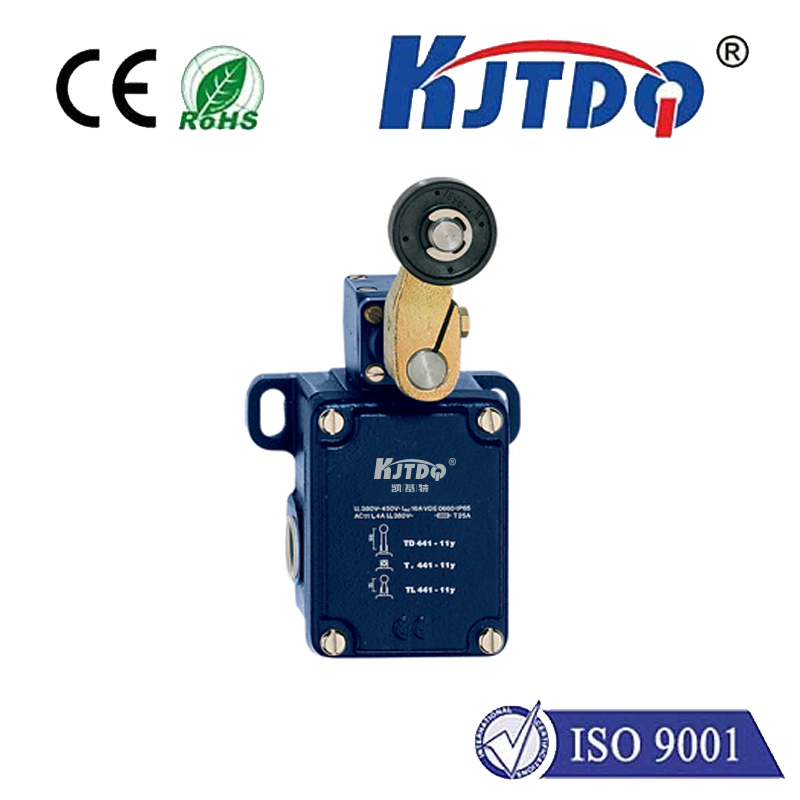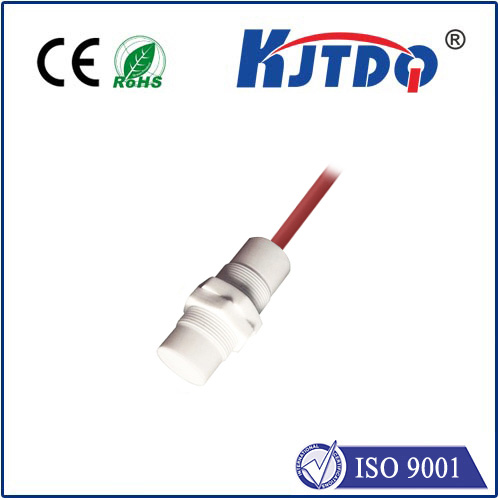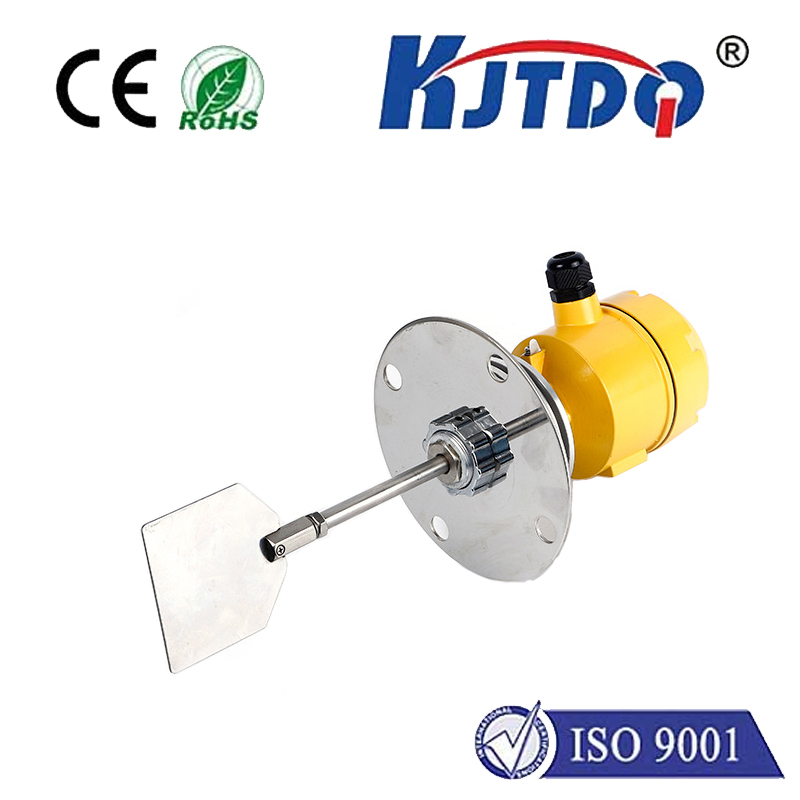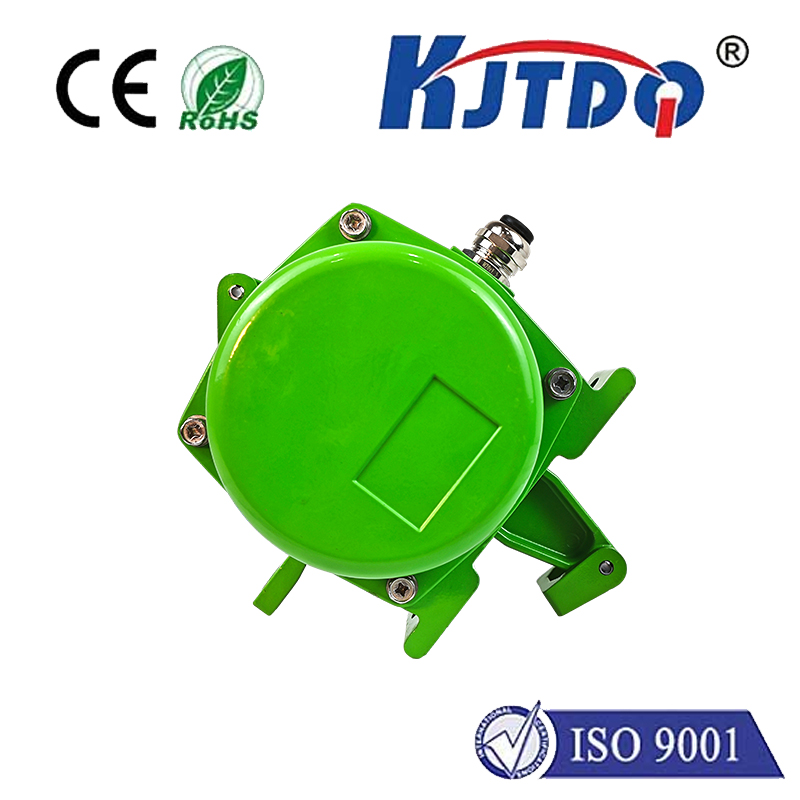

check

check

check

check

check

check

check

check

check

check
Understanding Maximum Switching Voltage: An Essential Guide
Electrical engineering is a field that demands precision and accuracy in its measurements and applications. The concept of maximum switching voltage (MSV) is one such critical parameter that plays an essential role in the design and functioning of various electronic components. In this article, we will delve into the significance of MSV and how it affects the performance of electrical systems.
What is Maximum Switching Voltage?
To put it simply, maximum switching voltage refers to the highest voltage level that a device can handle during the process of switching. It is crucial for determining the robustness and reliability of electrical circuits, especially those involving high-power devices or sensitive equipment. By understanding MSV, engineers can ensure that their designs are safe, efficient, and capable of handling the intended load without risking damage or failure.

Importance of Maximum Switching Voltage
The importance of MSV lies in its ability to prevent overheating, arcing, and other forms of physical damage caused by exceeding the recommended voltage limits. When a device is subjected to excessive voltage levels, it may lead to component degradation, reduced lifespan, or even catastrophic failure. Therefore, selecting components with appropriate MSV ratings is crucial for maintaining system integrity and preventing costly downtime.
Factors Affecting Maximum Switching Voltage
Several factors can influence the MSV of a device, including material properties, device geometry, temperature conditions, and operating frequency. For instance, semiconductor materials like silicon and germanium have different MSV ratings due to their unique electronic properties. Similarly, the physical dimensions of a component, such as its thickness and doping concentration, can also affect its ability to withstand high voltages. Furthermore, environmental factors like temperature and humidity can impact the MSV rating, making it essential to consider these variables when designing electrical systems.
Applications of Maximum Switching Voltage
The concept of MSV finds extensive applications in various industries, including power generation, transmission, and distribution; automotive manufacturing; aerospace and defense; and consumer electronics. In power systems, MSV plays a vital role in designing switchgear and protective relays that safeguard against fault conditions. In automotive applications, it ensures reliable operation of electronic control units (ECUs) under harsh driving conditions. Aerospace and defense industries rely on MSV to protect sensitive equipment from electromagnetic interference and transient surges. Finally, in consumer electronics, MSV helps maintain product safety and reliability while meeting regulatory standards.
Conclusion
In conclusion, maximum switching voltage is a critical parameter that must be considered during the design and implementation of electrical systems. By understanding its significance and factors affecting it, engineers can make informed decisions about component selection and system design to ensure optimal performance and longevity. As technology continues to advance, the importance of MSV will only grow, making it an essential consideration for any electrical engineer seeking to create safe, efficient, and reliable systems.
